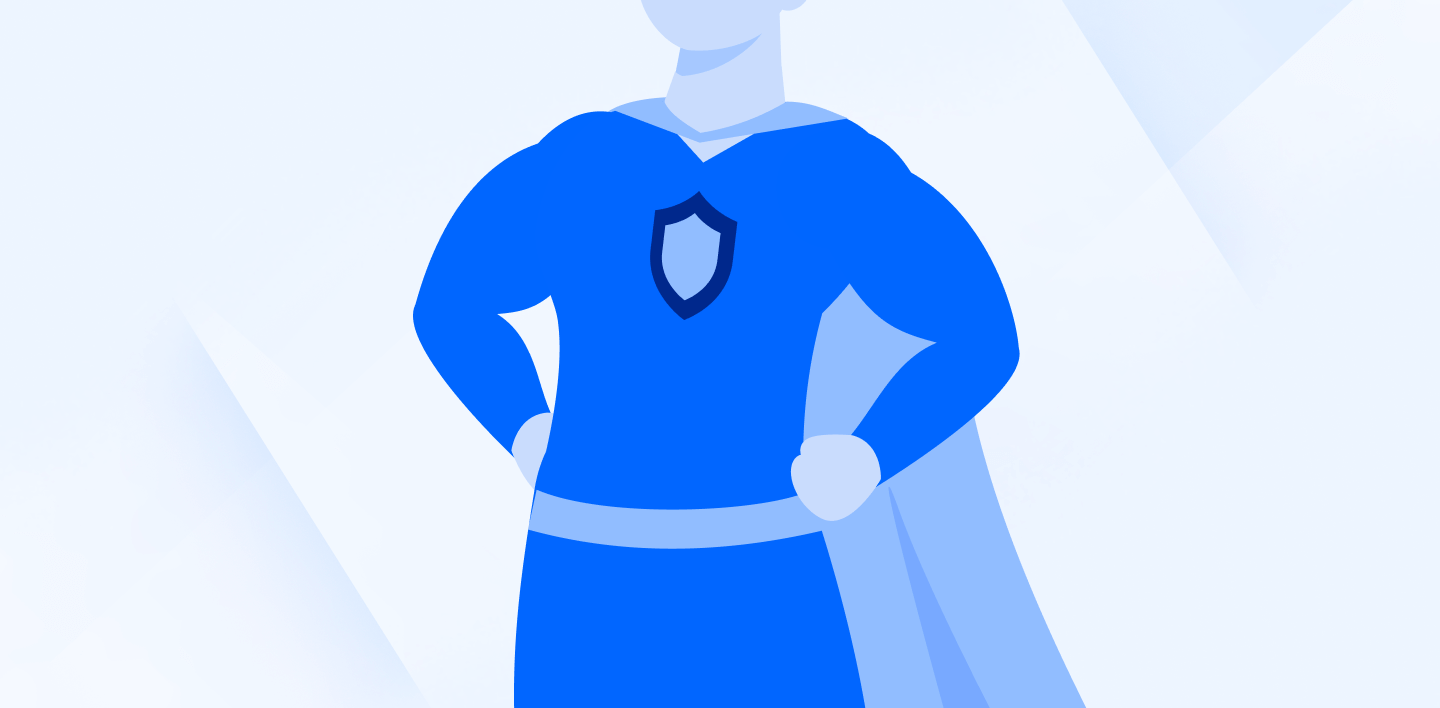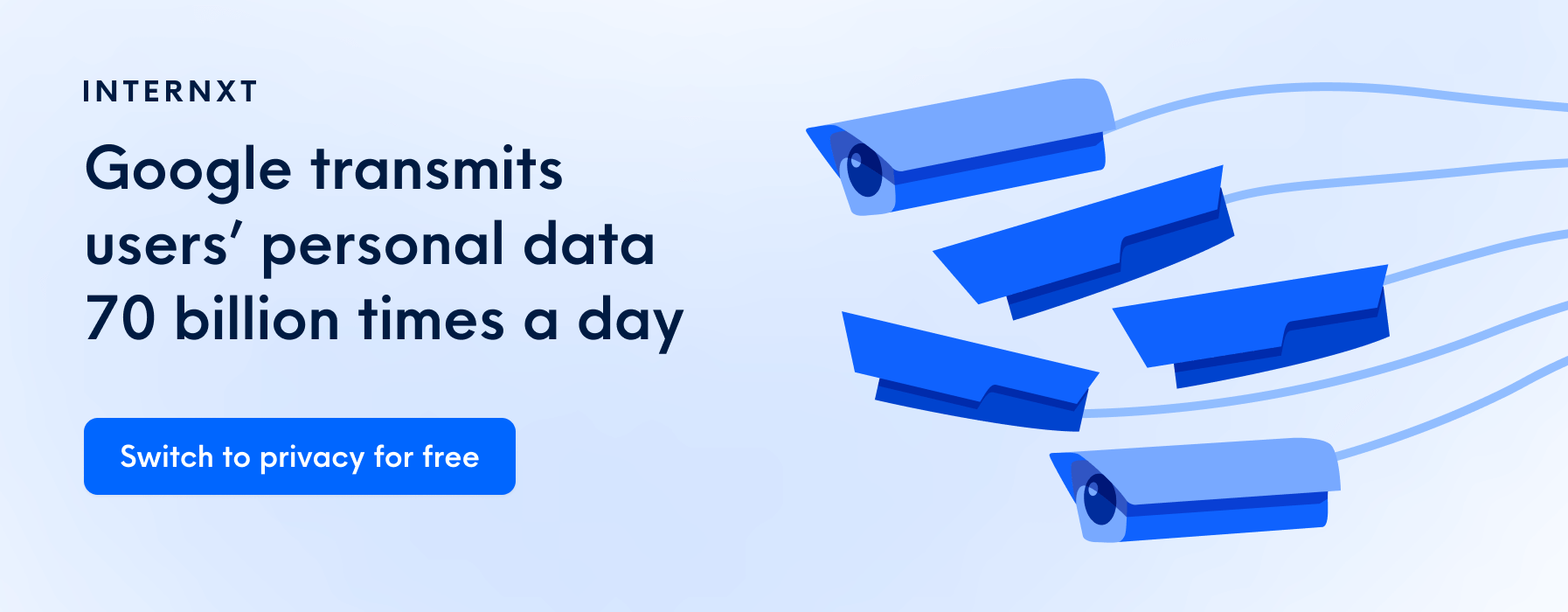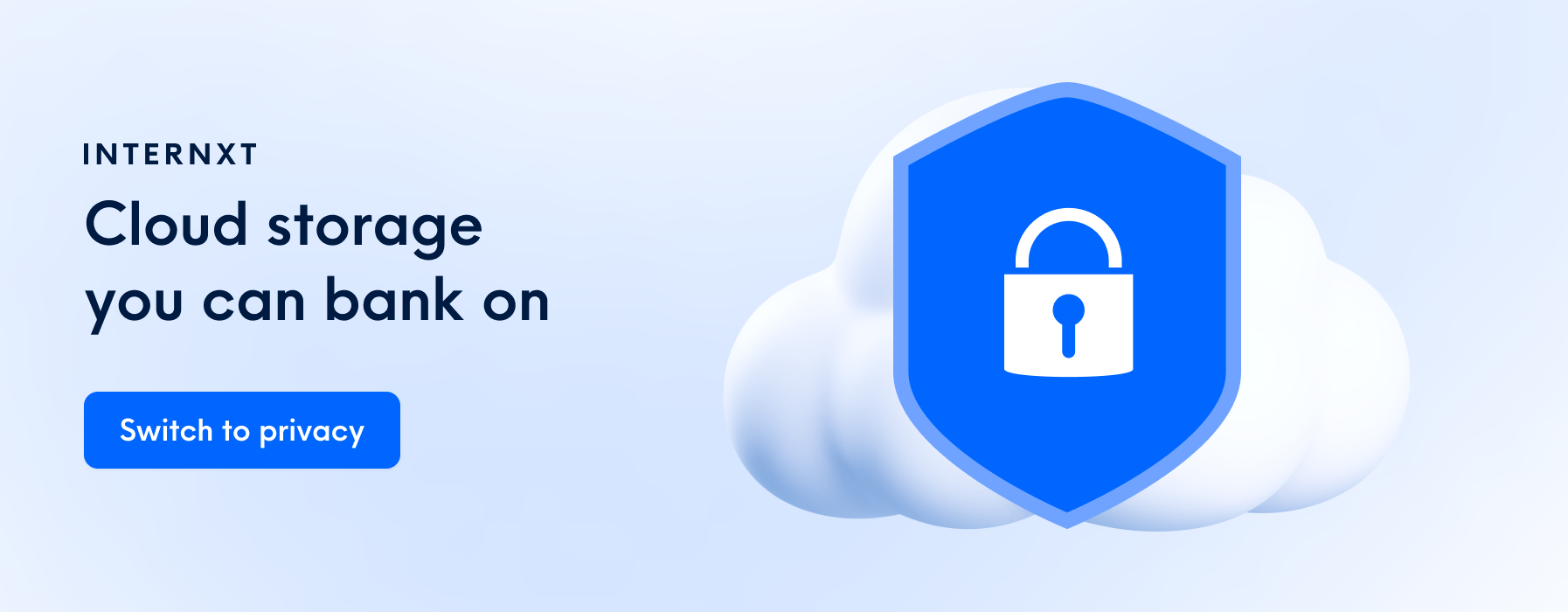7 Super Internet Safety Tips for Staying Out of Trouble Online

In today's rapidly advancing digital age, internet security has become an imperative concern for individuals across the globe.
With alarming predictions indicating a substantial increase in the global cost of cybercrime, from $8.44 trillion in 2022 to a staggering $23.84 trillion by 2027, it is evident that the threat posed by hackers and malware is rapidly escalating. In light of this ever-growing menace, equipping oneself with the best practices for internet safety has become more critical than ever.
To help you navigate the digital landscape securely and shield yourself from malicious activities on the web, we have compiled seven indispensable tips. By incorporating these practices into your online routine, you can fortify your defenses and maintain a secure digital presence.
Use Strong and Unique Passwords
When it comes to online security and general internet safety, having a solid and unique password is essential. Hackers can easily guess weak passwords and may attempt a brute-force attack to break into (and wreak havoc on) your system.
Strong passwords that include symbols, numbers, capital letters, and small letters can help protect your accounts from cybercriminals. Though it’s not easy, creating different passwords for different accounts is highly recommended because if one password is exposed, your other accounts will remain secure.
Keep Your Software Up to Date
Keeping your software updated to the latest version is one of the easiest and most effective steps to protect yourself from cybercrime. Regularly updating your operating system, web browsers, and other programs guarantees that only the most recent security patches are implemented. The newer the software, the less time hackers and others have had to learn its vulnerabilities.
Additionally, it’s wise to enable automatic updates so that your programs are always running the latest versions even if you forget to manually update them yourself.. By staying up to date, you will be much more secure and you can take advantage of new features released by the software developer.
Use Two-Factor Authentication
Two-factor authentication, also known as 2FA, is another effective way to increase the security of your online accounts. By requiring two separate factors to authenticate a user, 2FA provides an extra layer of protection beyond just a username and password.
With 2FA, the user must provide a password and a unique one-time code generated by a trusted device or service, such as a smartphone. This code is sent to the user via SMS or email and must be entered correctly to access the account. 2FA can help protect your accounts from phishing attacks and other online threats.
Be Mindful of Phishing Scams
Phishing scams are rampant and one of the most common online threats on the internet today. Cybercriminals use phishing messages and emails to trick victims into providing sensitive information or downloading destructive software. It’s essential to be mindful of these attack vectors, which can lead to identity theft and other cybercrimes.
Always verify the sender’s email address before clicking any links embedded in a message to avoid falling victim to phishing attempts. Also, never enter personal information into a form or website that was not sent via an encrypted connection. Lastly, avoid opening emails from unknown senders whenever possible and delete spam immediately.
Avoid Public Wifi Networks
Public wifi networks can be convenient, but they also carry a high degree of risk. Hackers can access public networks just as easily as you can and quickly gather information like passwords and banking details.
Avoid accessing sensitive accounts or websites on public networks if possible. If you must, double-check that the website uses HTTPS encryption before entering any data. You can also protect yourself by using VPNs. More on that in the next section.
Buy or Subscribe to a VPN
A virtual private network (VPN) encrypts all the data that passes through your internet connection, making it harder for malicious actors to intercept or access information. Subscribing to or buying VPNs can also help you bypass location restrictions to access geo-blocked content from anywhere.
When choosing a VPN provider, there are several factors to consider, including cost, speed, server locations, and customer support. Some providers offer free services with limited features, while others require payment for full access. Subscribing to a paid service may be worth it if you need extra features like unlimited bandwidth or advanced security measures like double encryption.
Be Careful What You Download
When downloading files from the internet, knowing the potential risks associated with dangerous software is critical. Malware such as viruses, Trojans, spyware, and ransomware can cause severe damage to your devices and any data stored on them.
To protect yourself from these threats, thoroughly read the terms of service for any software you download. Before downloading a file, check reviews to verify it is safe and secure. Additionally, make sure you only download apps and programs from trusted sources. Trusted sources might be official websites, app stores, or reputable file-sharing sites.
Finally, ensure you have reliable antivirus software installed on your devices to protect them against malicious downloads. Following all of the tips above can go a long way to help you stay safe online and secure your personal data.
Internet Safety 101: The Most Common Types of Cyberattacks
Hackers are continuously exploiting new (and old) vulnerabilities to their advantage. Here are some of the most common attack vectors you should be aware of to better protect yourself online.
Protecting yourself against malware
Malware is malicious software designed to harm your device, steal personal information and data, or take control of your system. It can be a virus, Trojan horse, spyware, or ransomware.
As such, it’s obviously crucial to protect yourself against this growing threat. Always be careful when downloading files from the internet. Only download software from trusted sources and read the terms of service before clicking “yes” or “accept.”
Additionally, look up reviews to make sure that the file package is secure and won’t cause any harm to your system. It’s also a must to have antivirus software installed on your device. This will help protect against malicious downloads and block any attempts to infect your system with malware.
Furthermore, stay up-to-date with the latest security patches, which often address the known vulnerabilities hackers exploit.
Finally, avoid clicking on suspicious links or downloading attachments from unknown sources. Phishing scams are a common attack vector for hackers to distribute malware and steal personal information, so be aware of the dangers.
If you’re ever unsure about something, it’s better to err on the side of caution. Protecting yourself against malware takes effort and vigilance, but it’s well worth it for the added peace of mind.
Social engineering tactics
Social engineering is another attack that relies on psychological manipulation to acquire sensitive information. It can take many forms, from posing as a customer service representative to gain passwords to using phishing emails to trick users into giving up their credentials.
One common tactic is impersonation. Attackers often pretend to be individuals or organizations to gain trust and access confidential information. They may also send messages that appear to be coming from legitimate sources, such as banks or well-known companies, to obtain personal details.
Likewise, attackers can use baiting techniques to lure unsuspecting users into giving up sensitive data. This could involve leaving USB drives or CDs around in public places containing malicious software that hackers can use to steal credentials when plugged into a computer.
Social engineering relies on users’ gullibility, so it’s vital to be aware of these tactics and know how to spot them. Be wary of suspicious text messages, phone calls, or emails. Never give out confidential information without verifying the request is legitimate. Taking these precautions will help protect you against social engineering attacks.

Protecting your system from DDoS attacks
Distributed denial of service (DDoS) attacks have been around for quite some time, and many solutions exist to combat it. DDoS is a cyberattack that uses multiple computers to flood networks, websites, or servers with disrupting traffic.
Criminals do this to overwhelm a target network or server and make it unresponsive, preventing legitimate users from accessing necessary services. DDoS attacks can cause significant damage, so protecting your system at large against them is crucial.
Start by limiting the amount of access any single IP address can have to your network. This will help prevent massive amounts of traffic from a single source from overwhelming your system. Additionally, use firewalls and other security measures to block malicious traffic or detect suspicious activity before it reaches your network.
You should also keep your software and operating system up-to-date. Outdated versions may contain vulnerabilities attackers can exploit to launch a DDoS attack. Establishing monitoring tools is also an effective way to detect suspicious activity early on and minimize damage if an attack occurs.
Finally, backup your systems and services adequately. In the event of an attack, a backup will allow you to quickly restore any lost or corrupted data without worrying about recovering from scratch. Taking these measures can help protect your system against DDoS attacks and minimize their impact if they occur.
Staying safe from ransomware
Ransomware is another common attack strategy super prevalent these days. It is malicious software that threatens to lock or delete files if you don’t pay the ransom. It’s typically spread via emails with attachments, malicious links, and downloads of untrusted sources. To avoid ransomware, it is vital to be proactive about cybersecurity and practice good online habits.
Be mindful of what links and attachments you click on. Only open emails or downloads from trusted sources, even if they seem to come from someone you know. Also, keep your system up-to-date with the latest security patches and virus definitions to help protect against new threats.
Backing up your data is also helpful in this case. If ransomware infects your system, a recent backup of your files can help you quickly restore them without paying the ransom. Be sure to store backups offline or in a secure cloud, away from the network, and disconnect them after each use.
If you suspect that your system has been infected with ransomware, don’t panic! Immediately disconnect your system from the network and contact your IT department or a cybersecurity specialist to help you remove the infection and recover any lost data. Taking these aforementioned steps will help you better avoid ransomware and minimize any damage if it does happen.
Being aware of man-in-the-middle attacks
Man-in-the-middle (MitM) attacks are cyberattacks where a malicious actor intercepts and relays communication between two parties. The attacker can then modify the communication or gain access to confidential information. MitM attacks use network vulnerabilities and social engineering tactics to intercept traffic, making them difficult to detect and thwart.
Your system must be secure and up-to-date. Use firewalls and other security measures to detect suspicious activity. Additionally, use strong passwords and two-factor authentication when available.
When sending sensitive information over the internet, encrypting it can help protect against MitM attacks.
You can also use public key infrastructure (PKI) to verify that the communication comes from a trusted source. And if you suspect your system has been compromised, change your passwords immediately to prevent further damage.
Be aware of the signs of a MitM attack, such as unexpected pop-up windows, slow internet connection speed, and unverified certificates. If you suspect an attack is in progress, disconnect your system from the network and immediately contact your IT department or a cybersecurity specialist for help.
Protecting yourself from SQL injection
SQL injection is an attack that allows malicious actors to inject malicious code into websites and applications via SQL queries. Hackers can use this to access confidential information or even alter databases. Creating safe coding practices is crucial; validating user-supplied data before executing it and using parameterized queries is vital.
Start by creating secure coding practices like storing procedures and parameterizing all user-supplied data to defend against SQL injection attacks. Doing so will help prevent malicious actors from accessing sensitive data or altering databases.
You can also use user input validation techniques like blacklisting characters and whitelisting to identify valid inputs that can let you recognize which ones may have potential threats.
Finally, ensure your system and networks are updated with the latest security patches and frequently scan for vulnerabilities. Implementing these measures can help protect you against SQL injection attacks and keep your data secure.
Be careful with cross-site scripting (XSS)
Cross-site scripting (XSS) attacks are elaborate. They are attacks that inject malicious code into websites or applications through client-side scripts. Hackers can use this code to hijack users’ sessions or redirect them to malicious sites. XSS attacks are dangerous because they allow attackers to access confidential information and can even be used to spread malware.
It’s crucial to create safe coding practices and use input validation techniques. Start by using content security policies and sanitizing user-supplied data before executing it. This can help prevent malicious actors from entering scripts into the application or website.
It’s also smart to properly escape user-supplied data when displaying it on a webpage. This will prevent the malicious code from being executed and reduce the risk of XSS attacks.Use web application firewalls (WAFs) to defend against malicious attacks and log suspicious activity.
Remember to use strong passwords and update your system and networks with the latest security patches. And stay vigilant, XSS attacks can be challenging to detect but have serious consequences.

Browse the Internet Safely and Freely
Staying safe online is essential for anyone who uses the internet. In truth, no one can afford to be reckless with their information online.
These simple internet safety tips can help protect your data from digital bad guys and keep your accounts secure. Utilizing two-factor authentication, being mindful of phishing scams, avoiding public wifi networks, subscribing to a VPN service, and being careful what you download are all critical steps to take to browse the internet freely and safely.
Be safe.

